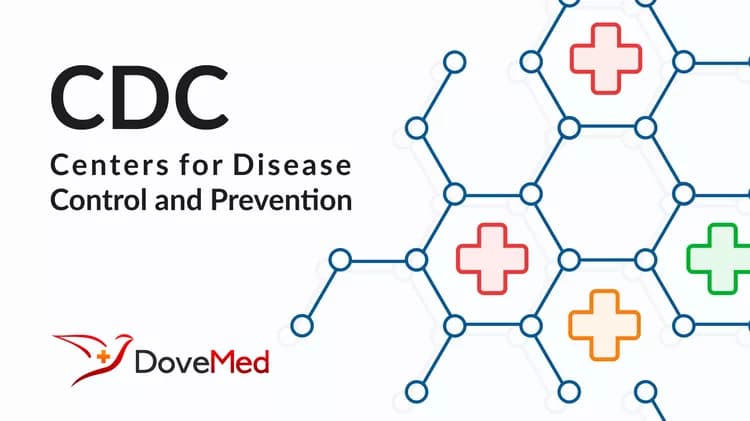
Drug Overdose Deaths Hit Record Numbers In 2014
Drug overdose deaths hit record numbers in 2014
Over 47,000 deaths last year, mostly due to opioid pain relievers and heroin
From 2000 to 2014 nearly half a million Americans died from drug overdoses. Opioid overdose deaths, including both opioid pain relievers and heroin, hit record levels in 2014, with an alarming 14 percent increase in just one year, according to new data published today in CDC’s Morbidity and Mortality Weekly Report.
The most commonly prescribed opioid pain relievers, those classified as natural or semi-synthetic opioids such as oxycodone and hydrocodone, continue to be involved in more overdose deaths than any other opioid type. These deaths increased by 9 percent (813 more deaths in 2014 than 2013).
Increases in prescription opioid pain reliever and heroin deaths are the biggest driver of the drug overdose epidemic. Deaths from heroin increased in 2014, continuing a sharp rise that has seen heroin overdoses triple since 2010. Deaths involving illicitly made fentanyl, a potent opioid often added to or sold as heroin, also are on the upswing.
“The increasing number of deaths from opioid overdose is alarming,” said CDC Director Tom Frieden, M.D., M.P.H. “The opioid epidemic is devastating American families and communities. To curb these trends and save lives, we must help prevent addiction and provide support and treatment to those who suffer from opioid use disorders. This report also shows how important it is that law enforcement intensify efforts to reduce the availability of heroin, illegal fentanyl, and other illegal opioids.”
Drug overdose deaths are up in both men and women, in non-Hispanic whites and blacks, and in adults of nearly all ages. Rates of drug overdose deaths were highest among five states: West Virginia, New Mexico, New Hampshire, Kentucky, and Ohio. A map of drug overdose deaths by state (2013 and 2014) is available at http://www.cdc.gov/drugoverdose/data/statedeaths.html.
Intertwined trends drive overdose deaths
The findings show that two distinct but intertwined trends are driving America’s overdose epidemic: a 15-year increase in deaths from prescription opioid pain reliever overdoses as a result of misuse and abuse, and a recent surge in illicit drug overdoses driven mainly by heroin. Both of these trends worsened in 2014.
More than six out of 10 drug overdose deaths in 2014 involved opioids, including opioid pain relievers and heroin. The largest increase in opioid overdose deaths involved synthetic opioids (not including methadone), which were involved in 5,500 deaths in 2014, nearly twice as many as the year before. Many of these overdoses are believed to involve illicitly-made fentanyl, a short-acting opioid.
In addition, heroin-related death rates increased 26 percent from 2013–2014, totaling 10,574 deaths in 2014. Past misuse of prescription opioids is the strongest risk factor for heroin initiation and use—especially among people who became dependent upon or abused prescription opioids in the past year. The increased availability of heroin, its relatively low price (compared to prescription opioids), and high purity appear to be major drivers of the upward trend in heroin use, overdoses, and deaths.
How to stop the epidemic
The new findings point to four ways to prevent overdose deaths:
Limit initiation into opioid misuse and addiction. Opioid pain reliever prescribing has quadrupled since 1999. Providing health care professionals with additional tools and information—including safer guidelines for prescribing these drugs—can help them make more informed prescribing decisions.
Expand access to evidence-based substance use disorder treatment—including Medication-Assisted Treatment—for people who suffer from opioid use disorder.
Protect people with opioid use disorder by expanding access and use of naloxone—a critical drug that can reverse the symptoms of an opioid overdose and save lives.
State and local public health agencies, medical examiners and coroners, and law enforcement agencies must work together to improve detection of and response to illicit opioid overdose outbreaks to address this emerging threat to public health and safety.
CDC works with states, communities, and prescribers to prevent opioid misuse and overdose by tracking and monitoring the epidemic and helping states scale up effective programs. CDC also improves patient safety by equipping health care providers with data, tools, and guidance so they can make informed treatment decisions. Learn more at www.cdc.gov/drugoverdose.
Secretary Burwell has made addressing opioid abuse, dependence, and overdose a priority and work is underway within HHS on this important issue. The evidence-based initiative focuses on three promising areas: informing opioid prescribing practices, increasing the use of naloxone, and using Medication-Assisted Treatment to move people out of opioid addiction.
These efforts build on work that began in 2010, when the President released his first National Drug Control Strategy, which emphasized the need for action to address opioid use disorders and overdose, while ensuring that individuals with pain receive safe, effective treatment. The next year, the White House released its national Prescription Drug Abuse Prevention Plan to outline goals for addressing prescription drug misuse and overdose. Since then, the Administration has supported and expanded community-based efforts to prevent drug use, pursue “smart on crime” approaches to drug enforcement, improve prescribing practices for pain medication, increase access to treatment, work to reduce overdose deaths, and support the millions of Americans in recovery.
###
U.S. DEPARTMENT OF HEALTH AND HUMAN SERVICES
Related Articles
Test Your Knowledge
Asked by users
Related Centers
Related Specialties
Related Physicians
Related Procedures
Related Resources
Join DoveHubs
and connect with fellow professionals

0 Comments
Please log in to post a comment.